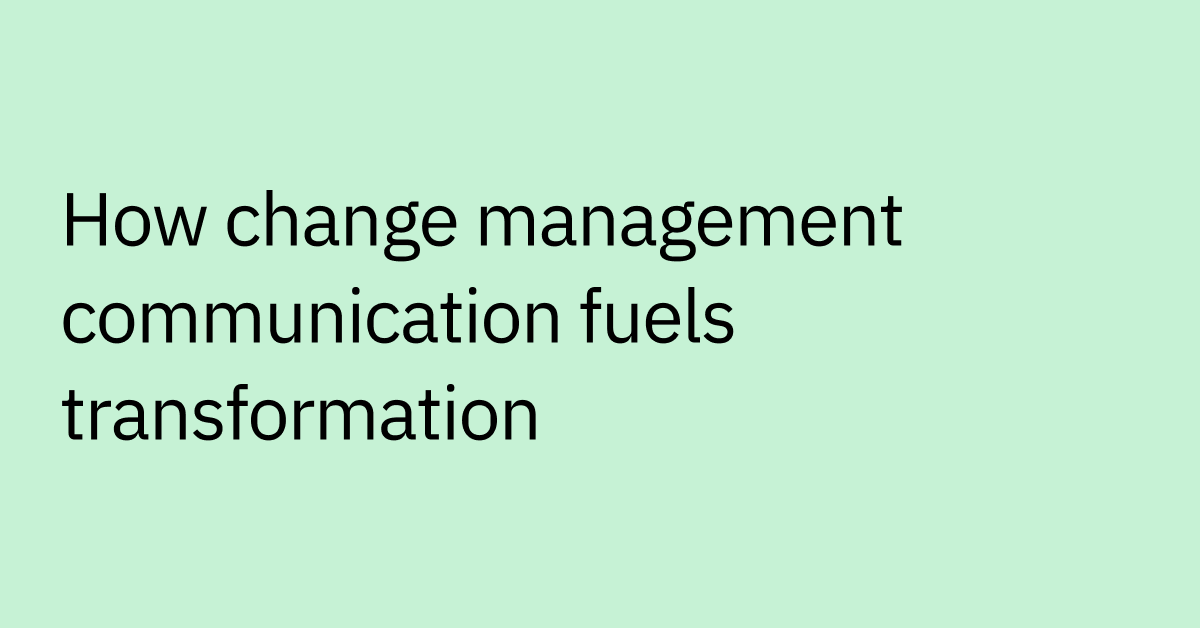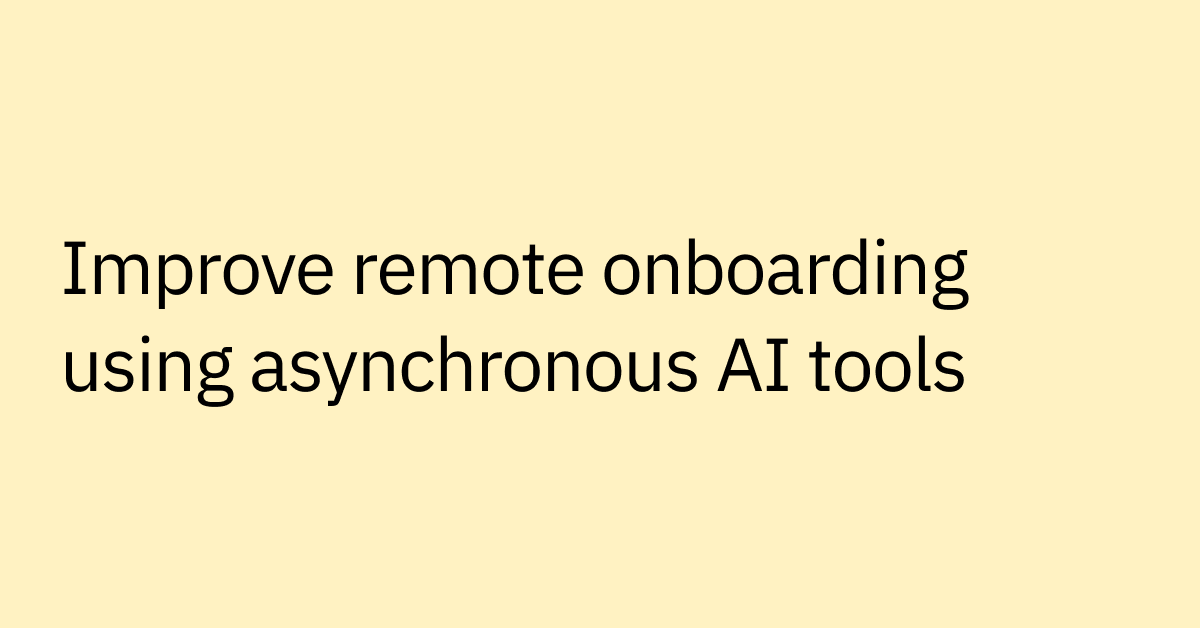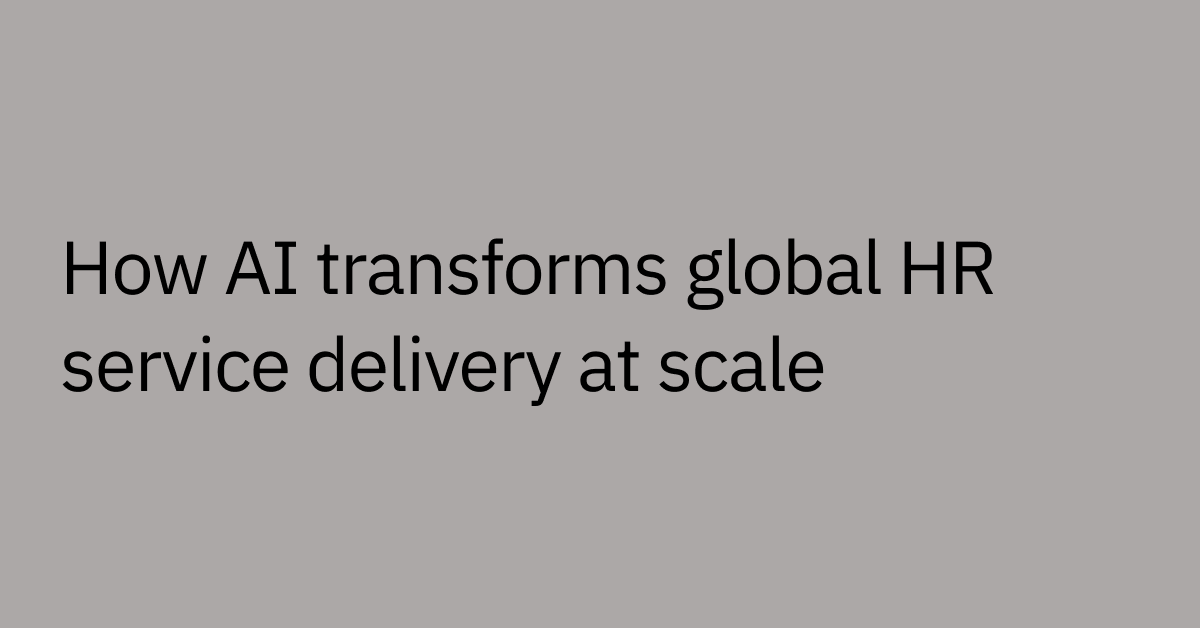Table of contents
ChatGPT first appeared one year ago, on November 30, 2022. In that short time, this AI tool captured the public imagination, generating more hype, debate, and speculation than any new technology since the dawn of social media over a decade ago.
ChatGPT’s launch represented an inflection point for artificial intelligence. By no means the first chatbot on the market, ChatGPT demonstrated a conversational ability that felt like a preview of sci-fi-level AI. More than an incremental advance, it kicked off an intense new explosion of interest and investment in natural language processing.
Past AI advances also created hype cycles of excitement and disillusionment. However, ChatGPT exhibited capabilities crossing a threshold to renewed optimism in language AI progress. The scale and impact of this latest AI star hinted it might have the staying power to permanently alter our world.
Of course, true breakthroughs often bring growing pains. The Chicken Littles came home to roost with panicked calls to slow AI progress in light of existential threats. But the AI train has left the station; there's no turning back.
While recent OpenAI turmoil raises questions, the possibilities outweigh them.
ChatGPT's capabilities are too consequential for businesses to ignore. Enterprise AI adoption is heating up as companies integrate conversational interfaces to drive value across their organizations.
As we reflect on ChatGPT's whirlwind first year, what lies ahead in year two and beyond for practical and ethical AI adoption? How will businesses harness the promise of AI while avoiding the pitfalls? Let's explore the real-world impact a year on.
Looking back at ChatGPT's first-year milestones
When ChatGPT launched last November, its advanced conversational abilities immediately made waves. Unlike previous chatbots, it could hold nuanced, human-like exchanges on diverse topics while rarely slipping up.
Its natural language processing — powered by a large language model — marked a breakthrough. Soon, users had ChatGPT writing bedtime stories, drafting contracts, compiling documents, and performing other practical tasks that require refined communication.
As screenshots and videos spread online, excitement and speculation erupted about the opportunities ahead. I acknowledged that ChatGPT’s enthusiastic reception was understandable, given the glimpse the new chatbot offered of AI's potential. Though untested, it had earned the spotlight for opening minds to what’s possible.
Here was a bot that could debate ethics, write poetry, explain concepts, and even admit its mistakes — representing a giant leap forward. ChatGPT showed the rapid progress being made in natural language AI and hinted at how advanced it could soon become.
As such, ChatGPT triggered a gold rush in AI startups and investment. In the final months of 2022, billions flooded into AI companies, with investors trying to capitalize on the excitement. AI funding hit records as everyone wanted to stake a claim in the next computing revolution.
The mania kicked into overdrive when Microsoft pledged to invest billions into OpenAI and integrate ChatGPT across its offerings. Amazon, Box, Google, Salesforce, Oracle, and other tech titans rushed to announce their own AI initiatives and investments. Investors predicted trillion-dollar stock surges. Entrepreneurs envisioned automating swathes of jobs. Thought leaders compared impeding AI's advance to “murder.” 2023 belonged to artificial intelligence — it dominated tech coverage and discourse.
However, along with the hype came serious concerns about ChatGPT's implications. Educators worried students could misuse it to cheat or that it would replace human teachers. Misinformation researchers pointed to its potential for spreading false and harmful content. Ethicists debated whether advanced AI should be carefully regulated. Many shared their fears it could automate white-collar jobs and disrupt many professions.
As speculation mounted over AI's societal impacts, ChatGPT itself became a catalyst for governance action. In October 2023, President Biden responded to the growing public debate by establishing guidelines for trustworthy AI development, highlighting issues like bias and misuse that ChatGPT embodied. This action reflected surging cries for accountable innovation as AI seemed destined to fundamentally reshape society.
Though just a year old, ChatGPT has immensely accelerated public understanding of AI’s promise and challenges. Simultaneously provoking excitement and concern, it has prepared society to help shape the age of intelligent machines.
ChatGPT's impact on advancing AI
While 2022 hosted hype and speculation about ChatGPT, 2023 focused on understanding its true capabilities and limitations.
The breathless excitement that greeted ChatGPT has given way to a clearer perspective as researchers, businesses, and users have dug into its strengths and weaknesses through hands-on experimentation this past year.
The hype cycle was necessary to drive interest and investment. But the next phase has always been vital — putting in the work to evaluate where conversational AI truly stands today. Without a doubt, the tone around ChatGPT has shifted from speculative fervor to rigorous, measured assessment. Rather than reacting, we are methodically testing and benchmarking ChatGPT.
This past year, users have explored ChatGPT’s boundaries across complex topics, text generation, varied questions, and conversational responses. But flaws and inaccuracies emerged, too, regarding current events, personal info, and reasoning limits.
By publicly experimenting, early adopters have advanced the understanding of what conversational AI can and can't yet achieve. Though results are mixed, the process has proven educational. Seeing conversational potential has inspired valuable new applications:
- Customer service chatbots
- Market research
- Content generation
- Personalized education
- Idea brainstorming
- Text translation
- Basic content creation
- New AI-powered services
- Enterprise-wide AI copilots
ChatGPT has fueled incredible creativity in imagining how conversational AI could augment tasks when the technology matures. It offered a glimpse of our future.
ChatGPT won't transform the world overnight, but it has accelerated the next phase of experimentation and advancement. The honeymoon is over, and the hard work has begun.
Turning potential into reality requires meticulous, unglamorous effort — prototyping, testing, refining, and repeating. This more mundane progress ultimately builds the foundations for long-term advancement.
While ChatGPT captured hearts and minds last year with its surprise demo, the future of conversational AI will be shaped by more grounded, incremental engineering.
ChatGPT's emerging business impact
Enterprise AI adoption remains early-stage, but bold predictions paint an optimistic picture of its future business value.
Investor Vinod Khosla believes that AI could automate 80% of the tasks in 80% of current jobs within a decade. Research firm IDC predicts enterprise spending on AI generative models akin to ChatGPT will skyrocket from $16 billion today to a staggering $143 billion by 2027.
Fueling this growth, companies from Microsoft to Moveworks are releasing AI copilots that apply conversational AI to augment human capabilities over various business functions.
Many companies are testing uses like customer service chatbots, marketing content creation, and process automation. But, it's become clear that effectively integrating conversational AI requires rethinking workflows and solving new challenges.
While useful in narrow applications, ChatGPT lacks the reasoning, judgment, and robust enterprise knowledge needed for widespread business uses today. It can generate passable content but still makes concerning mistakes and, at times, hallucinates. As a result, outcomes have been mixed for early adopters, with cautionary tales for each success story.
None of this detracts from conversational AI's tremendous long-term potential. But integrating it safely and effectively will require years of incremental advances.
The wise path forward
While ChatGPT has captivated attention due to its conversational abilities, its limitations have become apparent when applied to complex business settings.
As an impressive demo, ChatGPT hints at the potential for AI to transform enterprises. It has incredible potential to automate repetitive enterprise tasks more efficiently: processing paperwork, extracting data, translating content, scheduling meetings, drafting updates, and more.
However, effectively integrating conversational AI requires more than an interface alone — it demands a solution tailored to the systems, data, and workflows underlying an organization.
ChatGPT is still learning when it comes to deeply understanding specialized business contexts. Since it is unable to tap into a company’s unique tech stack or proprietary data, It may occasionally trip up when applied broadly across enterprise functions.
ChatGPT’s failures as an enterprise solution highlight the need for an intelligent application layer purpose-built to enhance productivity through automation. Rather than just a foundation model, businesses need a secure and compliant copilot integrating deeply across their digital ecosystem to unlock AI’s potential.
This is to say that ChatGPT might not reshape business overnight but rather inspire gradual, thoughtful adoption of the technology — large language models — that powers this tool. Companies must balance promise with pragmatism and hype with strategic vision.
What's next for ChatGPT and AI
A year after ChatGPT's debut, AI hype continues to hit new extremes alongside whispers of OpenAI's mysterious Project Q* and warnings of apocalypse. The most inflated AI impact and profit predictions now come from venture capital and investing, not the machine learning trenches grappling with the practical difficulties of perfecting this technology.
Such positive projections partially counterbalance AI doomer scenarios of uncontrolled, humanity-ending artificial general intelligence (AGI). However, most of ChatGPT's vast user base remains focused on its potential to help solve everyday challenges rather than corporate drama. While dominating headlines, recent turbulence has barely dampened public confidence in leveraging large language models.
The big picture is what ChatGPT has done to energize enthusiasm for realizing AI's promise. ChatGPT provided a small preview of advanced AI's capabilities today.
Evolving capabilities
OpenAI continues relentlessly enhancing ChatGPT, working on upgrades like making their large language model GPT-4 more truthful, less biased, and capable of explaining its reasoning. However, they are far from alone in this domain.
Competitors like Anthropic, Google, Microsoft, Amazon, and others are furiously racing to surpass ChatGPT with rival foundation models. Startups galore also recognize the massive opportunities still up for grabs to lead what promises to become a pillar of the global digital economy over the next decade and beyond.
So while OpenAI keeps ChatGPT on the cutting edge, they are iron-sharpening-iron amidst a crowded field, all vying to dominate the AI space ChatGPT so famously propelled into hyperdrive starting last November 2022. We are still only scratching the surface of generative language AI’s eventual influence.
Growing business impact
As AI matures, its enterprise role will shift from novelty toward mission-critical priority. Conversational AI is set to become integral across functions from customer service to product development.
We will see workplace-focused AI copilots engaging in advanced dialogue, exhibiting reasoning, and applying business knowledge. Their capabilities as digital copilots will become more helpful in augmenting human workflows — focused on boosting productivity, creativity, and efficiency rather than automating entire jobs.
ChatGPT has inspired CTOs and CIOs to budget significant investments into this technology. With the AI toothpaste out of the tube, companies not actively exploring adoption may soon find themselves at a disadvantage. As Gartner notes, this hype cycle is simply too swift to sit idle — organizations must experiment judiciously or risk competitors accruing compounding advantages.
ChatGPT in 2024
ChatGPT's splashy debut kicked off a vigorous year of AI hype, speculation, and experimentation, but the rollercoaster ride is far from over. In the coming year, expect more breathtaking demos paired with warnings about existential threats. But the technology itself will continue its steady, albeit messy, march forward.
For businesses, the message is clear — the time for AI experimentation is over. Companies that wait too long to leverage AI will find themselves lagging behind their competitors. Conversational AI's epoch has arrived, and enterprises must either strategically ascend or slide into obsolescence.
While the wild media frenzy surrounding ChatGPT may have cooled, the past year provided a glimpse of AI's extraordinary potential if developed responsibly. But this remains a long game requiring sustained resources, talent, and vision. One thing is clear — the AI era is just getting started.
See how employees can use one conversational interface to surface information and take action across every enterprise system. Get a live product tour of Moveworks.



